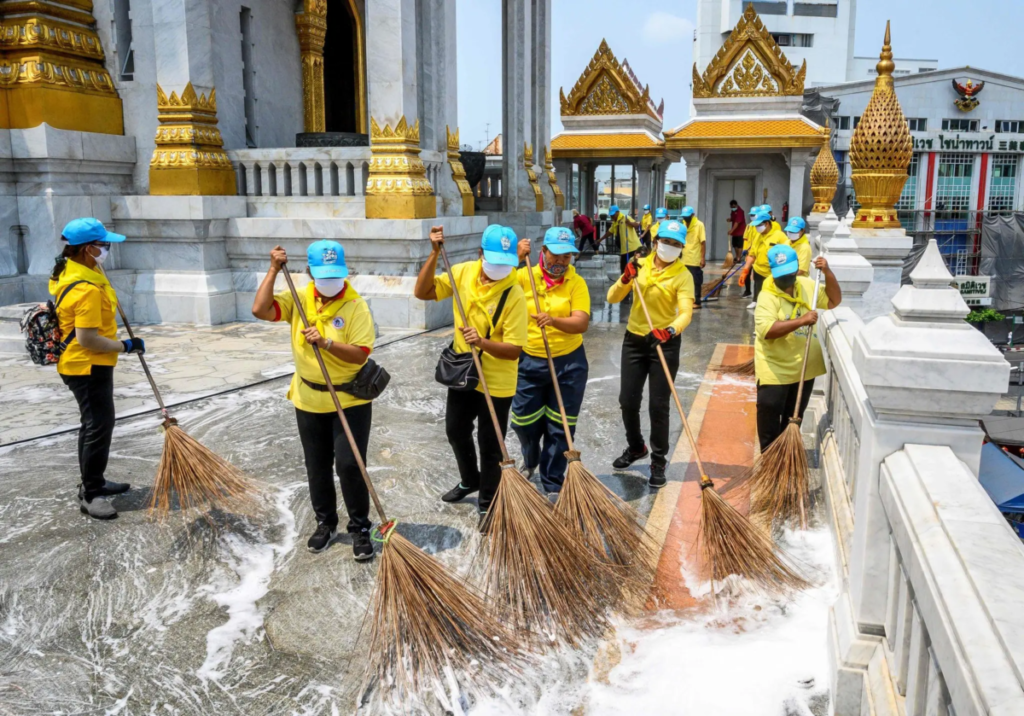Thinking back to the COVID-19 pandemic, many of us– including myself– were guilty of saying the phrase “we are all in the same boat.” For me, the pandemic offered a common goal that united me with members of my community. Upon reading the Viral Underclass and speaking with author and journalist Steven Thrasher, I realized that my approach was more privileged than I ever thought before. While we were all in some boat, that does not mean we were all in the same one– some of us had yachts and others had driftwood. Rough seas did not affect us all the same.
HIV
The social treatment of an HIV positive individual depended on the social group they ascribed to. Steven Thrasher explained that if you were one of the three “H’s” (heterosexual, heroine user, or Haitian), then no one cared how HIV affected you. It is not dramatic to say that a vast proportion of these individuals were also poor, showing how wealth impacts the respect/grace that people receive when they fall sick. Wealth disparities were widened by the HIV pandemic, showing how poor people are treated with little respect– even when they are sick. Both wealth and health are moralized.
COVID-19
Many might remember a video released early into the COVID-19 pandemic when several celebrities recorded clips of them sitting in their multi-million dollar mansions singing “Imagine” — in different keys, I might add. Not only were they literally tone-deaf, but also vastly unaware of how the COVID-19 pandemic might be for people who weren’t as rich and fit as them.
A comment under the video by user Alexa Ofelia puts it well:

If these celebrities were to contract COVID-19, it would likely be nothing more that a cold and few days of sickness. For others not so fortunate, testing positive for COVID-19 could be devastating.
Overall, everyone should be more aware that we are not all in the same boat. When we continue to perpetuate the idea that health crises are “equalizers” that put us all on the same playing field, the struggles of those who are in disadvantaged social groups become invisible, and we fail to create solutions that help everyone.

